Testimonials
See what people are saying
Spices Coffee Travel & Wine is a treasure trove of fascinating information! I've always been a coffee enthusiast, but their insights into different coffee blends from around the world have taken my appreciation to a whole new level. The articles are engaging and informative, making it my go-to site for my daily dose of coffee culture.
As a frequent traveler and wine lover, I am thrilled to have discovered Spices Coffee Travel & Wine. Their travel tips are spot on, and I love how they seamlessly integrate wine recommendations with travel destinations. It's like having a personal guide that makes every trip and wine selection extraordinary. Highly recommend this site to anyone who shares a passion for exploring new flavors and places.
Spices Coffee Travel & Wine has become my favorite online destination for discovering new spices and recipes. Their articles are not only informative but also inspire me to experiment with flavors I never would have considered before. The combination of travel and culinary insights makes this site a must-visit for anyone wanting to broaden their culinary horizons.
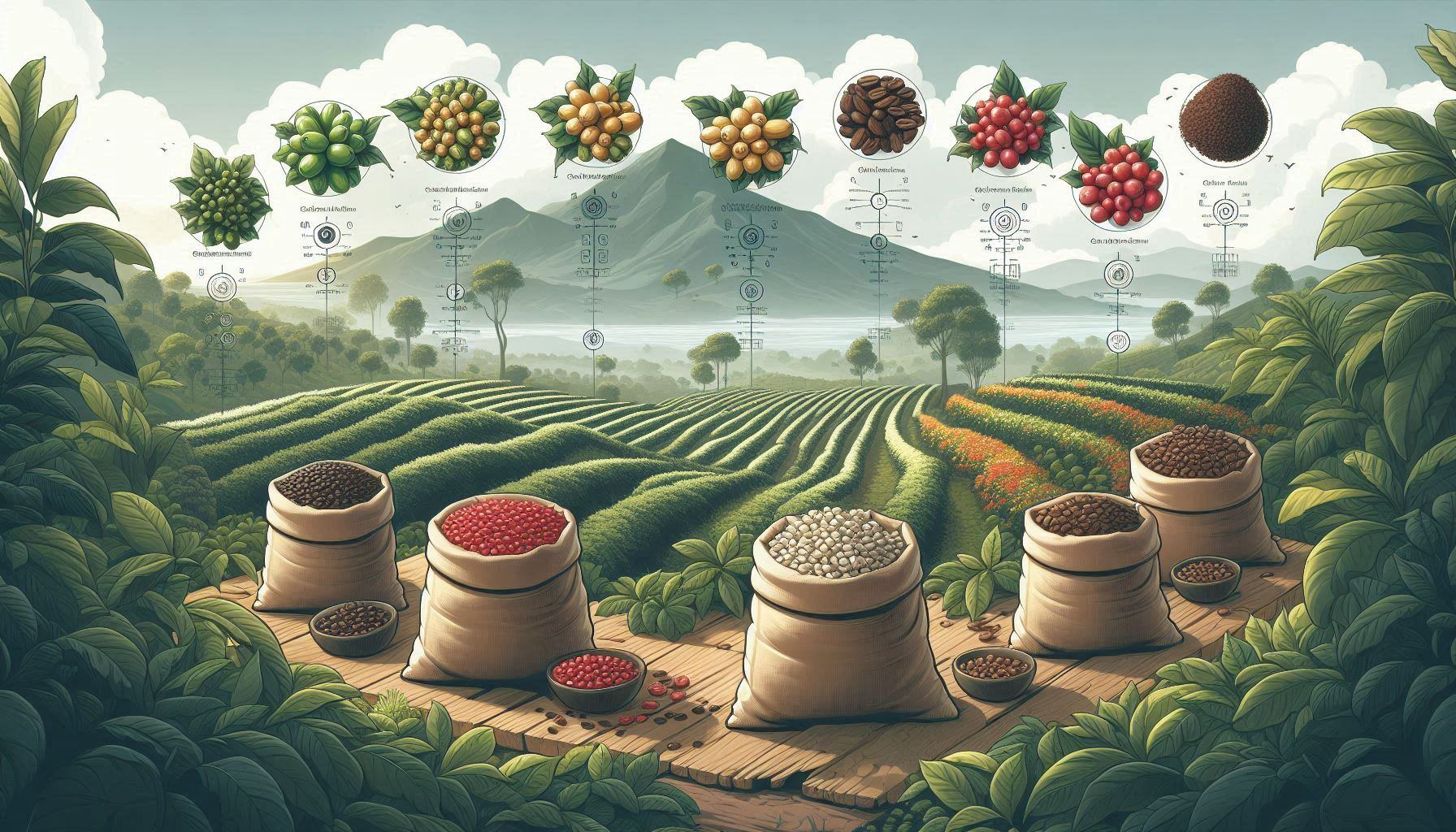
Varieties of Coffee Beans: Arabica, Robusta, Liberica, and Excelsa
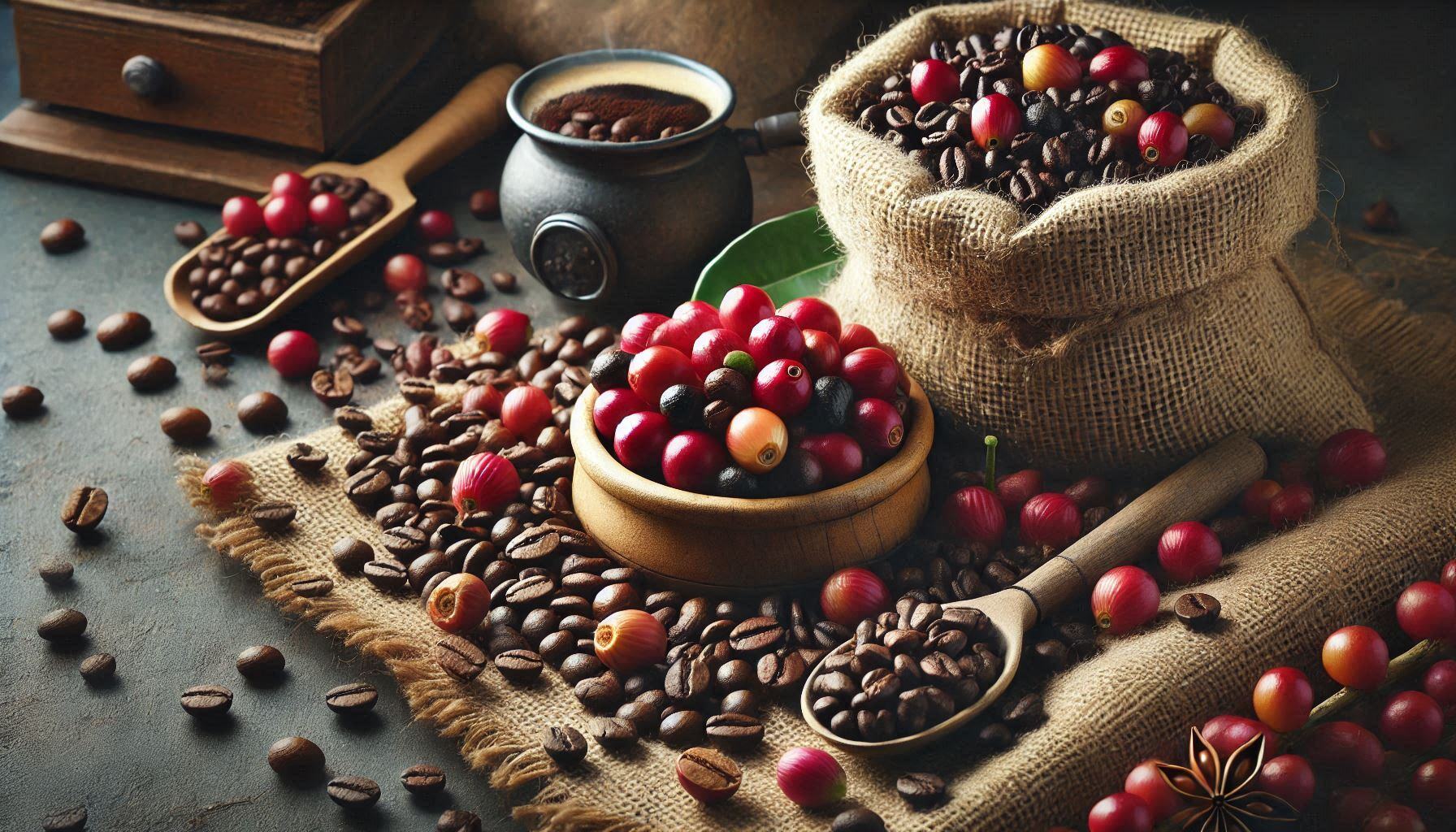
Arabica: Arabica beans have a smooth delicate taste, with a sweetness that can provide one with a taste like fruity and floral and even chocolatey notes. They are a more premium coffee bean with a superior taste. They also have typically low acidity compared to other coffee beans. Arabica coffee beans are long and oval-shaped, with a curved crease on one side called the “bean’s cleft”. Since they are sweeter than other coffee bean varieties these beans are usually a great choice for making cappuccinos, lattes and espressos. All of this makes Arabica the most popular coffee bean. In fact, about 60 percent of the world’s coffee production is in Arabica coffee bean. All of the major Arabica coffee producers are Brazil, Colombia, Ethiopia, Honduras, and Peru.
Origin: Arabica coffee originated in southwestern Ethiopia and is now one of the world’s most widely valued and cultivated coffee species. This variety has less caffeine than Robusta coffee.
Altitude: Growth: Arabica coffee grows best at high altitudes of 3,000 to 6,000 feet above sea level. At higher altitudes, the coffee plant grows slower, which results in a more complex and flavorful bean. The high altitude also means that the coffee plant is exposed to cooler temperatures and more sunlight, contributing to the development of desirable characteristics in the coffee beans.
Aroma: Strong and rich, often floral or fruity
Price: More expensive due to its delicate growth requirements and complex flavor profile.
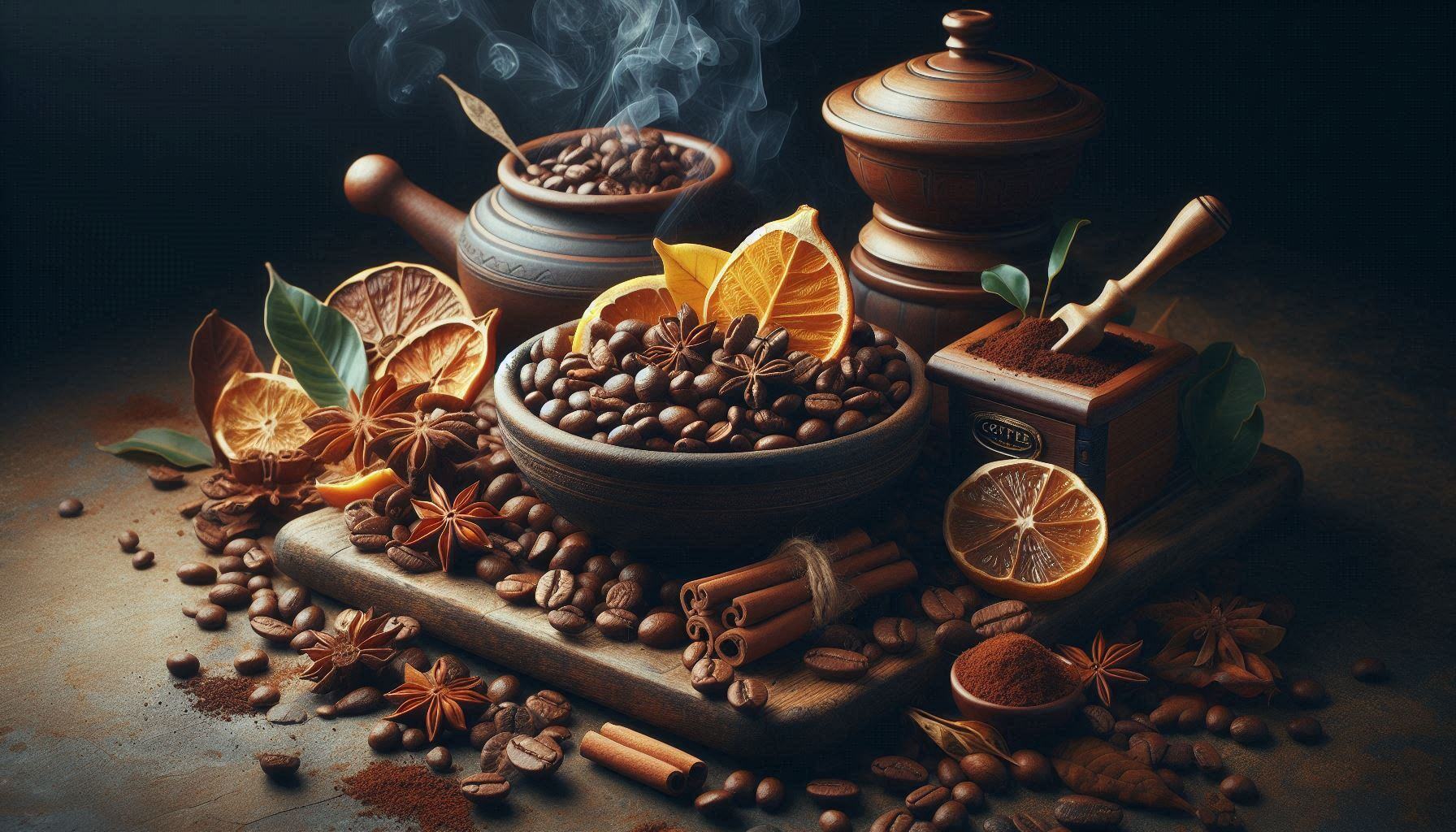
Robusta: Robusta is known its strong, bitter and a harsh taste profile that sets it apart from the sweeter Arabica. Robusta beans contain nearly double the caffeine that would be in Arabica beans. This unique taste profile will appeal to those looking for a more robust cup of coffee. In fact, the name "Robusta" is derived from the word "robust." It reflects the strong and hardy nature of this coffee bean. Vietnam, Indonesia, India, and Brazil are the primary producers of Robusta beans. In addition, they also can be in found parts of Latin America such as Colombia, Guatemala, Honduras, and Mexico. Because of its lower cost and more robust flavor it is good for use in espresso and instant coffees.
Origin: Robusta coffee, also known by its scientific name 'Coffea canephora', originated in central and western sub-Saharan Africa.
Altitude: Robusta coffee grows best at altitudes between 656 and 2,625 feet above sea level. Due both the warmer temperatures and high humidity that are found at these altitudes this coffee plant can grow and produce the high-quality Robusta coffee beans.
Aroma: Robusta coffee is known for having an astringent aroma, less fragrant and floral than would be found in Arabica. A common description of Robusto's aroma is earthy or woody.
Price: Generally cheaper due to its hardy nature and higher overall yield. Other factors include quality, production costs, and market demand.
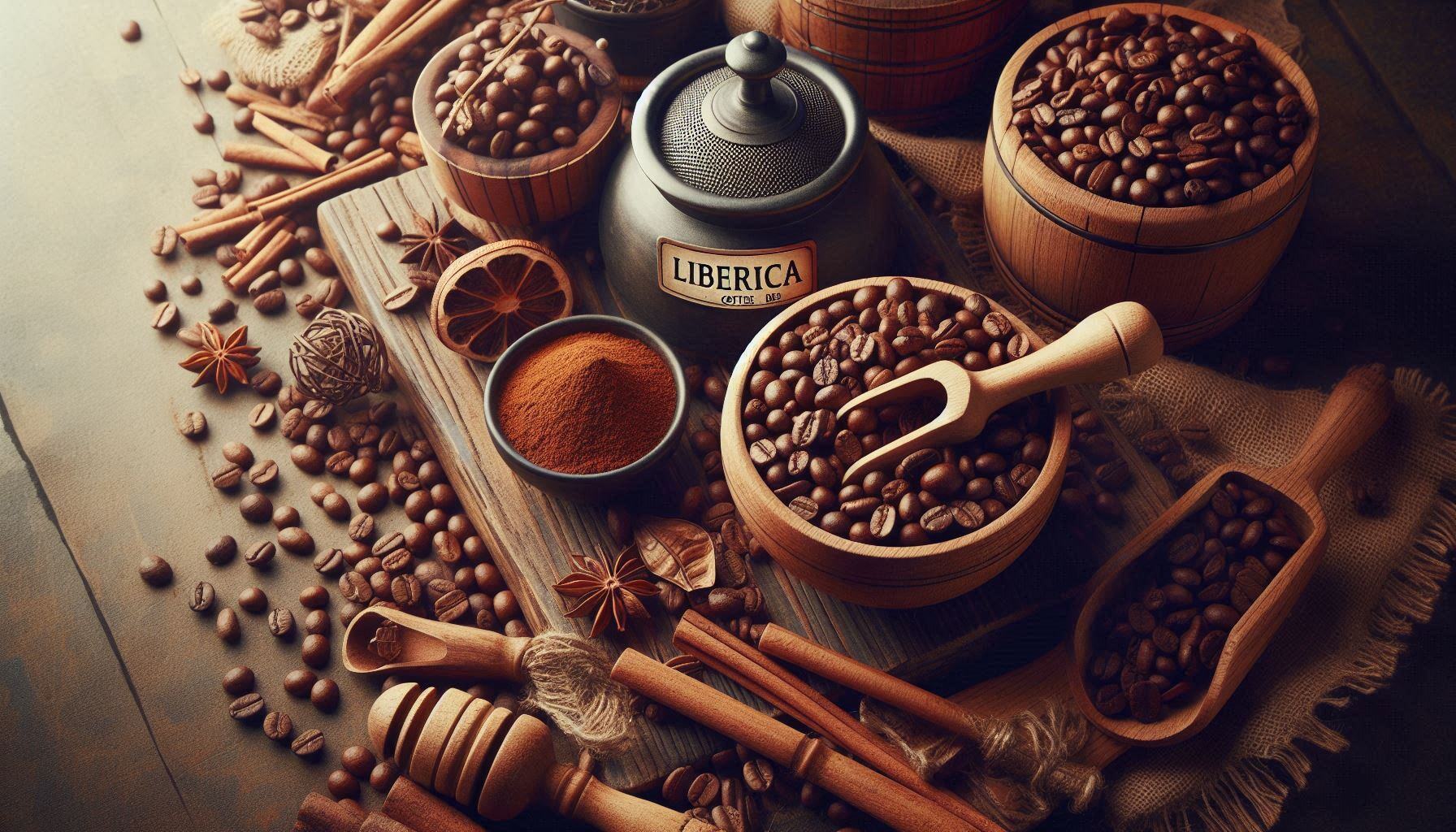
Liberica: The unique and powerful flavor profile of Liberica coffee is described as full-bodied that is bold, smoky and woody with a distinct aroma, with floral and fruity notes. The Liberica beans are less bitter than other coffee beans due to their low acidity level. Liberica beans are larger than other coffee beans. They have a rather unique irregular shape and what many would describe as teardrop-like appearance. These beans can be harder to roast because they tend to be tougher and harder than other coffee beans. Liberica is not as widely known as other coffees. It only makes up a rather tiny percentage of the world's coffee production. It is known to have a niche following of coffee drinkers who may be seeking a different coffee taste experience. In fact, as coffee connoisseurs are looking for more unique coffee varieties, Liberica will likely become more popular over time.
Origin: Liberica grows in humid, tropical climates in the forests of West Africa, in the tiny nation of Liberia, from where its name is derived from. The trees for Liberica coffee are larger and taller compared to either Arabica and Robusta. The trees also thrive in hotter and more humid climate.
Altitude: Liberica coffee can be cultivated at lower altitudes compared to Arabica coffee. It can be grown from sea level up to an altitude of around 2000 feet. This makes growing this type of coffee tree better for regions that are flatter or have more gently sloped terrains.
Price: More expensive due to its delicate growth requirements, scarcity and its unique flavor profile. For these reasons Liberica coffee is more expensive than Arabica or Robusta.
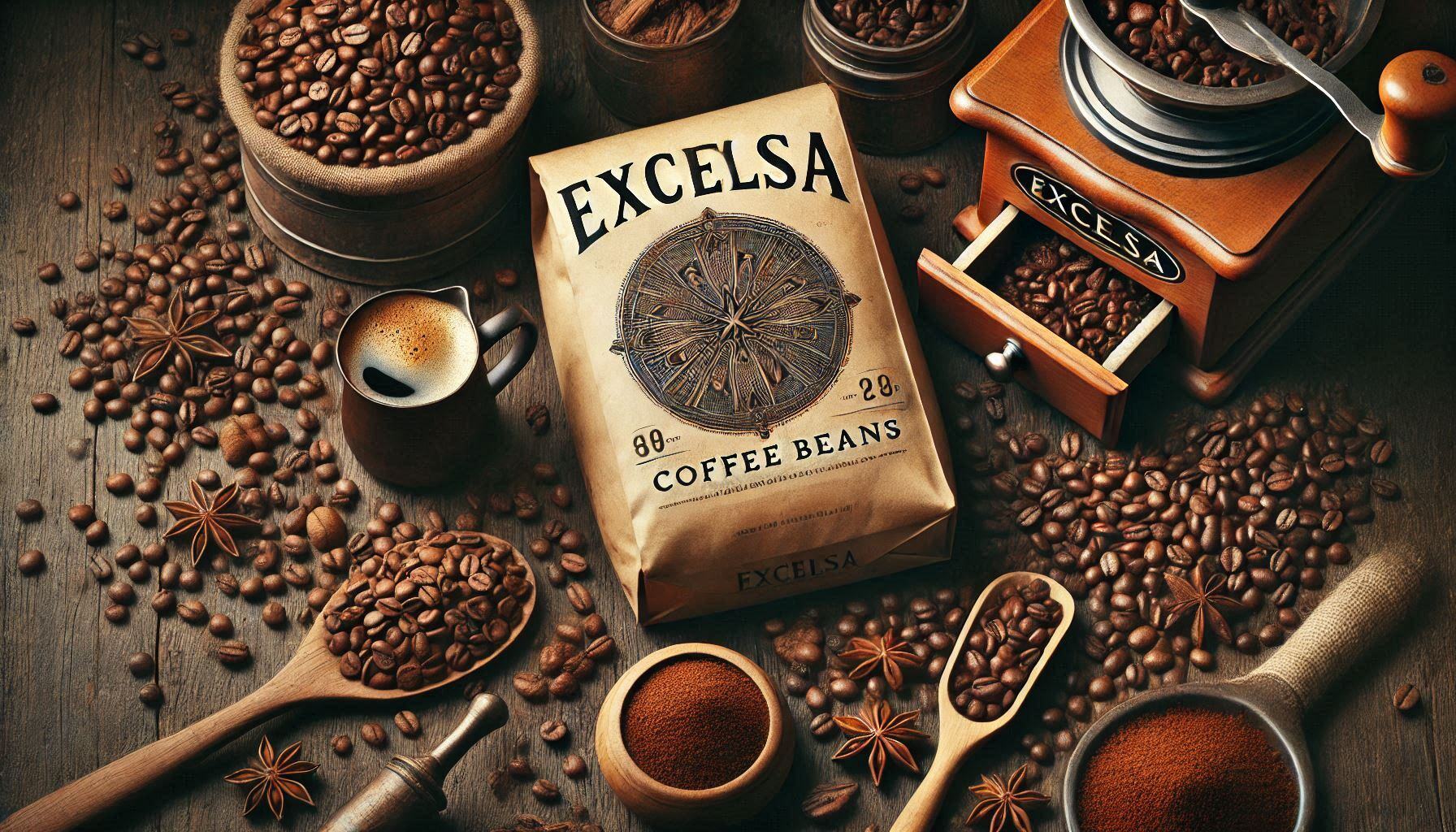
Excelsa: This type of coffee is known to have a exceptional taste and aroma. Its flavor profile is made up of a combination of tart, fruity and complex notes. It has a lighter body and distinctive flavor. Excelsa is a rare and lesser-known coffee type. Its coffee beans are actually a variety of the Liberica family. Excelsa coffee contains a moderate amount of caffeine right in between Arabica and Robusta when it comes to caffeine content. Excelsa beans are small and round and have the teardrop shape similar to the Liberica beans. Because of its unique flavor profile Excelsa coffee beans can also be blended with other beans to create unique flavor combinations. They are also used to balance out the flavors of other coffee beans like Arabica and Robusta.
Origin: Excelsa coffee beans were first discovered in Lake Chad in North Central Africa. The beans have long been known for their resistance to pests and diseases. Their eventual journey to Southeast Asia would come about thanks to their hardy nature and unique flavor reputation. Today it is farmed in countries like Indonesia, Vietnam, and Central African Republic.
Altitude: Excelsa coffee beans are typically grown at high altitudes, between 2,000 and 6,000 feet above sea level. The growing conditions for Excelsa are hot and humid conditions that are similar to those of Liberica. They are usually harvested by hand while growing right alongside other coffees like Arabica and Robusta.
Price: Excelsa is more expensive that either Arabica or Robusta. Excelsa coffee is considered rare due to its low availability. Nevertheless, just like with Liberica it is often sought after by coffee connoisseurs for its unique taste characteristics,
